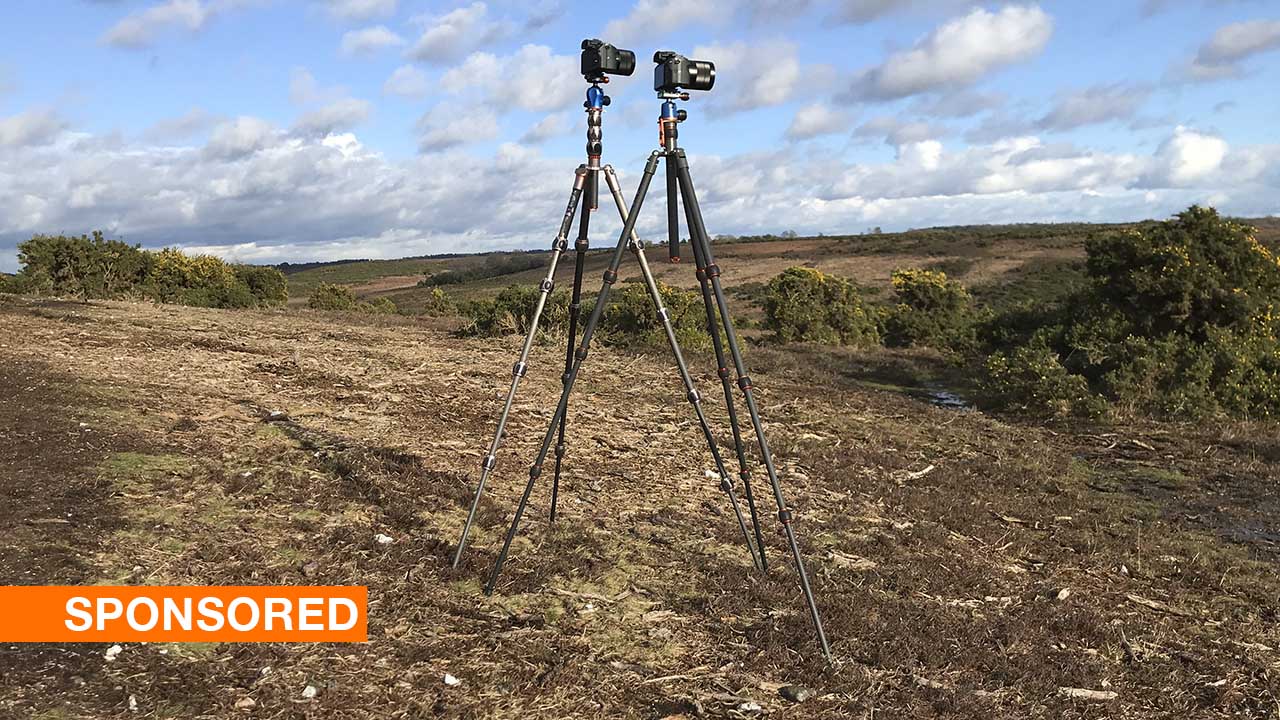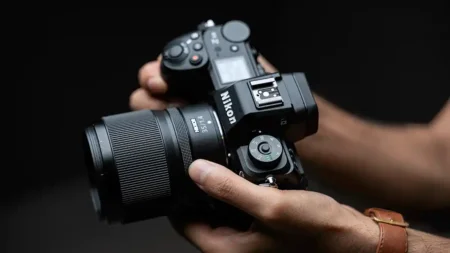Tripods are a photography essential, and there’s a vast selection to choose from. Big studio to compact travel, whatever the intended photographic use, the basic design principle of the tripod is the same.
However, as anyone buying a tripod will know, there’s a big difference in the features, materials and price.
But do all those choices make a difference? And does the weight difference between carbon and metal really make a difference?
As I’ve found out over the years testing tripods, there’s a big difference between the material and build quality from one manufacturer to another.
As well as the apparent material choices there’s usually a difference in the details. Cheap tripods often don’t feature washers or bearings, for example, and they can even incorporate cheap screws or clips to hold them together.
I’ve also found that even if a company boast multiple layers of carbon, it doesn’t always mean a great deal.
In this feature, I’ll take a look at UK-based tripod manufacturer 3 Legged Thing. They’ve spent years fine-tuning their design and manufacturing process to ensure a high-quality end product.
It’s all about design
The tripod starts with the design. OK, they all have three legs and a head to hold the camera, but there’s a lot more to it.
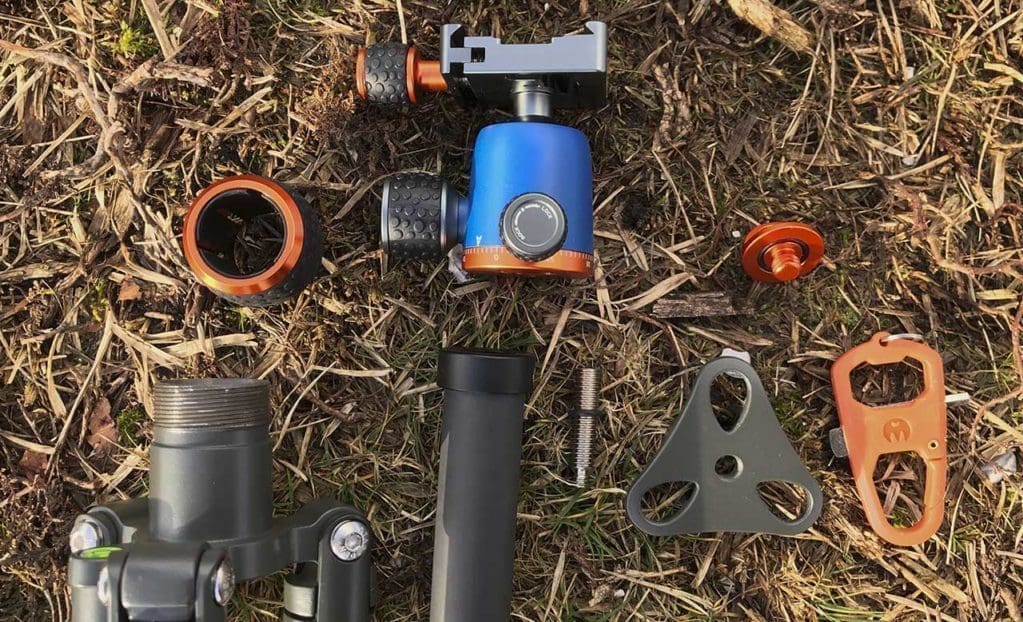
A big part of the design process comes through trial and error, and with the entire design process happening under one roof, the team at 3 Legged Thing has learnt what works and what doesn’t.
Not every design makes it to the shop floor, and through years of experience, the team has fine-tuned design elements to ensure that a balance is struck between price and quality.
Features such as the enlarged parallel twist locks enable better purchase when locking and releasing leg sections. The Tri-Mount Plate and reversible centre column are common features across their entire product range and have evolved through user experience.
These features are all in addition to the basic design. Feedback from users and ambassador programs have all helped to refine the design, features and use of their products.
When you come to look for a tripod it’s well worth checking out the company behind the design; do they invest in their user base for instance? If they do, then it’s usually a good sign that they’re a quality manufacturer.
It’s a material world
It’s all too easy to get wowed by the latest carbon materials with manufacturers boasting six or even eight layers. But what does that really mean and do you need that many layers?
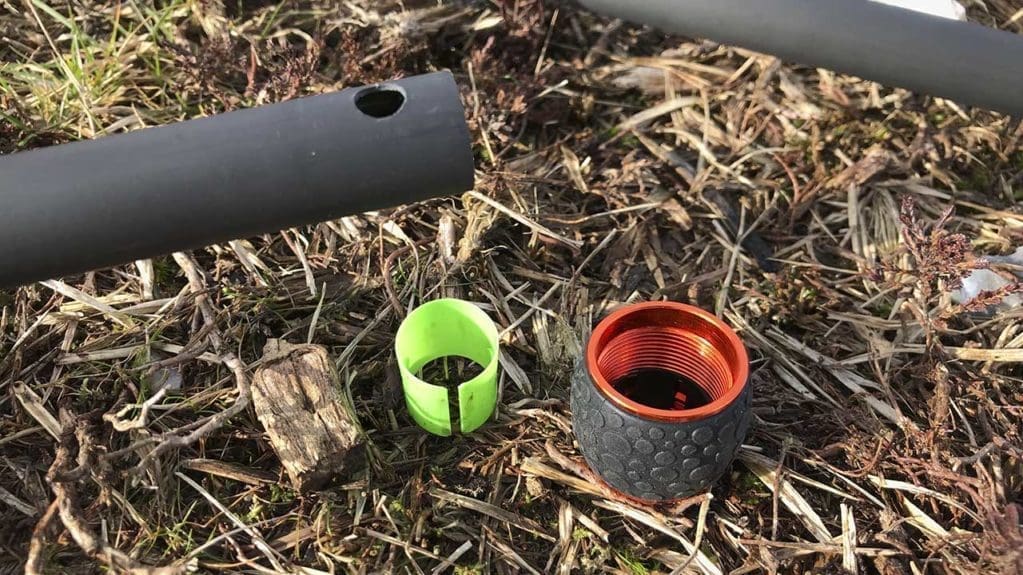
The layer part of the equation sees the carbon used in sheets with resin in between to form a laminate. Each additional layer that’s added it increases the strength of the material.
3 Legged Thing uses a Japanese Pre-preg carbon due to its 100% carbon make-up. Some other carbons feature additives such as chalk, fillers, adhesives, glass fibre and nylon which can be brittle and more susceptible to damage from liquid.
The carbon used for the 3LT models is smooth, and this is reflected in the finish of the tripods. Often the carbon pattern that you see on the exterior of other manufacturers’ tubes is purely decorative rather than structural. 3LT does not add a decorative layer which adds nothing to strength and rigidity.
This video by 3LT demonstrates how the leg sections are made for its tripods compared to some other manufacturers, and highlights the key differences.
Carbon isn’t the only material used, although it’s the one that excites most people. Alongside carbon, the other main material used by 3LT is aerospace-grade magnesium alloy T6061.
This is used for the leg hinges, the canopy and everywhere structural.
Non-carbon legs are made from magnesium alloy T6063, which has an excellent strength to weight ratio.
Dismantle any of the range, and you’ll start to see how the materials have been carefully selected for each part; hinges made from T6061, and brass washers coupled with steel washers in the leg hinges due to the ability to withstand more mechanical abuse.
Nylon is used for the shims inside the legs to ensure that the movement is always smooth, and 3M sticky pads are used in the parallel leg locks to provide a good grip that will last.
Bigger, better, stronger
The design and materials come together to provide you with the support that will last you for years, but there’s even more to it than that.
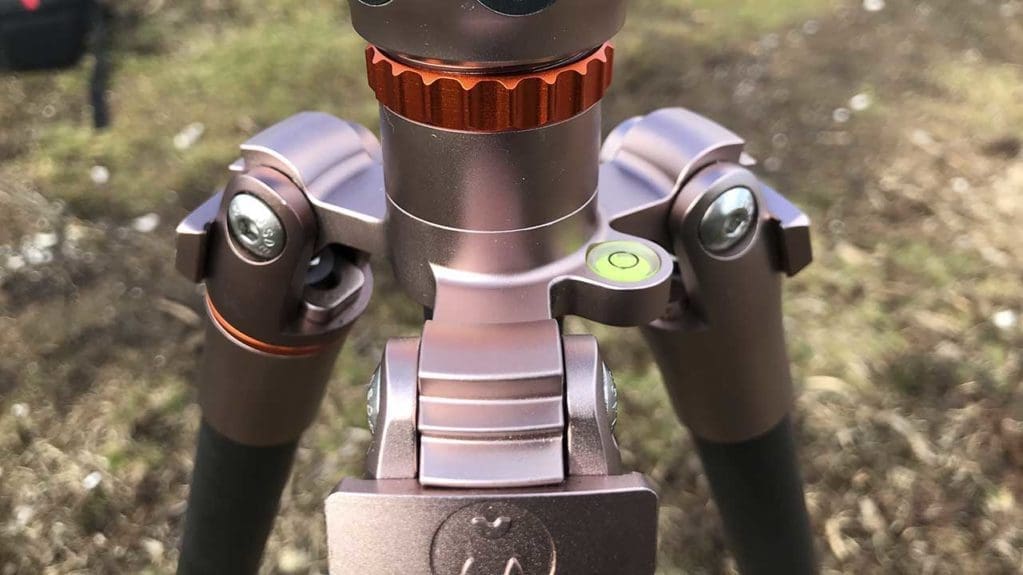
Those small design changes that have evolved on the 3LT tripods mean that the supports are often able to take a greater load than many other brands.
This higher load capability compared to the competition has been made possible by features such as large twist locks that enable the user to apply greater torque when locking the legs in position.
The strength of the T6063 magnesium alloy and Japanese carbon legs is more than enough to take the weight, but here again is where the detail in the constructions ensures that all the parts come together to make a solid whole.
For example, a slow set epoxy resin is applied to a roughed tube end, and inserted into the open end of the leg hinge, and then left to cure at 37º for seven days to ensure a good bond. It’s a slow process but ensures that tubes are bonded firmly.
The material choice is made to ensure a high-quality product for a sensible price, and it’s part of what has enabled 3LT to gain ground in the tripod sector.
A tripod is for life, right?
Tripods feature moving parts and inevitably, mechanisms wear. If you’re out using your tripod every day, then you may find a foot wearing or a bolt working loose.
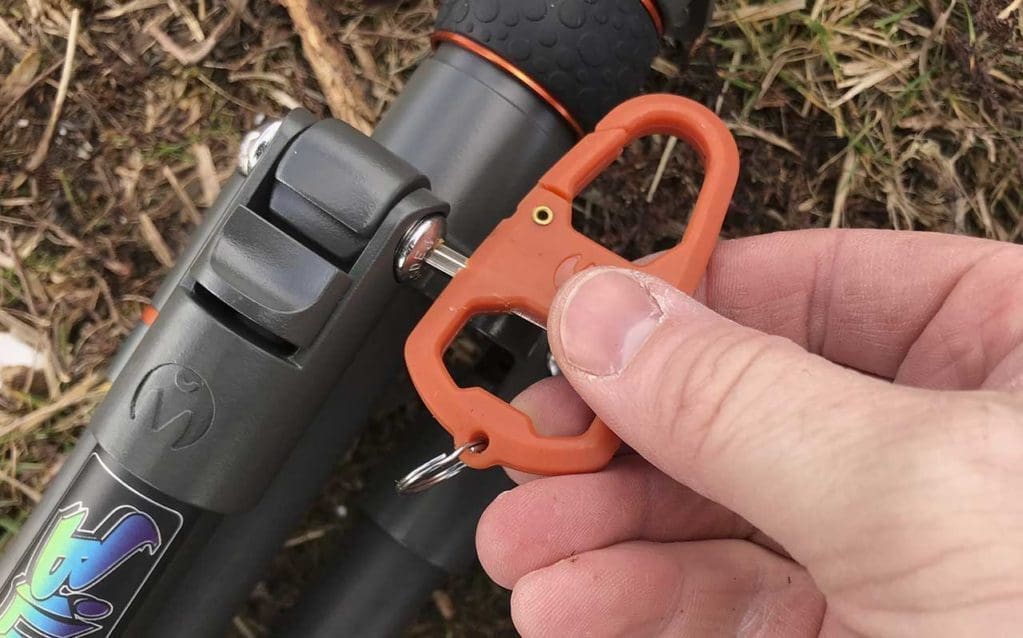
Many tripod adjustments or fixes can be made quickly out in the field, and for this reason, 3LT has created a useful multi-tool that’s supplied with all of their current tripods.
It’s a small detail, but it’s incredibly handy. The karabiner design also enables you to attach a bag to add more ballast to the tripod for increased stability, and the Allen key can be used to tighten the bolts. Then there’s the bottle opener section for the reward at the end of the day.
Another aspect that 3LT is aware of is our growth as photographers. The design of the entire 3LT line is intended to grow with you.
For example, all the tripods from the Punks Patti through to the Winston feature the ability to flip the centre column to suspend the camera under the canopy. You can also remove the centre column completely for low-level shooting.
These are all features that you can learn to explore as your photographic hunger increases.
Made for longevity
One of the biggest advantages of investing in high-quality materials is that the products will last for years. 3LT offers a 5-year warranty against all manufacturing defects, so you can be sure that a 3LT product is a safe investment.
However, as with any piece of kit that’s used regularly, it’s always a good idea to give your kit a check and wipe down after use, to check for damage and to make sure everything is in working order.
If you do ever find anything that doesn’t look quite right or have a general question, then the 3LT team is always there to help with their products. They also have an extensive selection of advisory videos highlighting how to clean and maintain your tripod correctly. https://www.3leggedthing.com/faq
3 Legged Thing prides itself on the quality and design of its products. If you want to check them out, then find the retail outlet nearest you at the following address. https://www.3leggedthing.com/where-to-buy.
You can also catch up with 3 Legged Thing, which will be exhibiting at WPPI in Las Vegas, Nevada, USA, from 27th February to 1st March (booth #1160), and at The Photography Show, Birmingham, UK, from 16-19th March (stand #E71)
